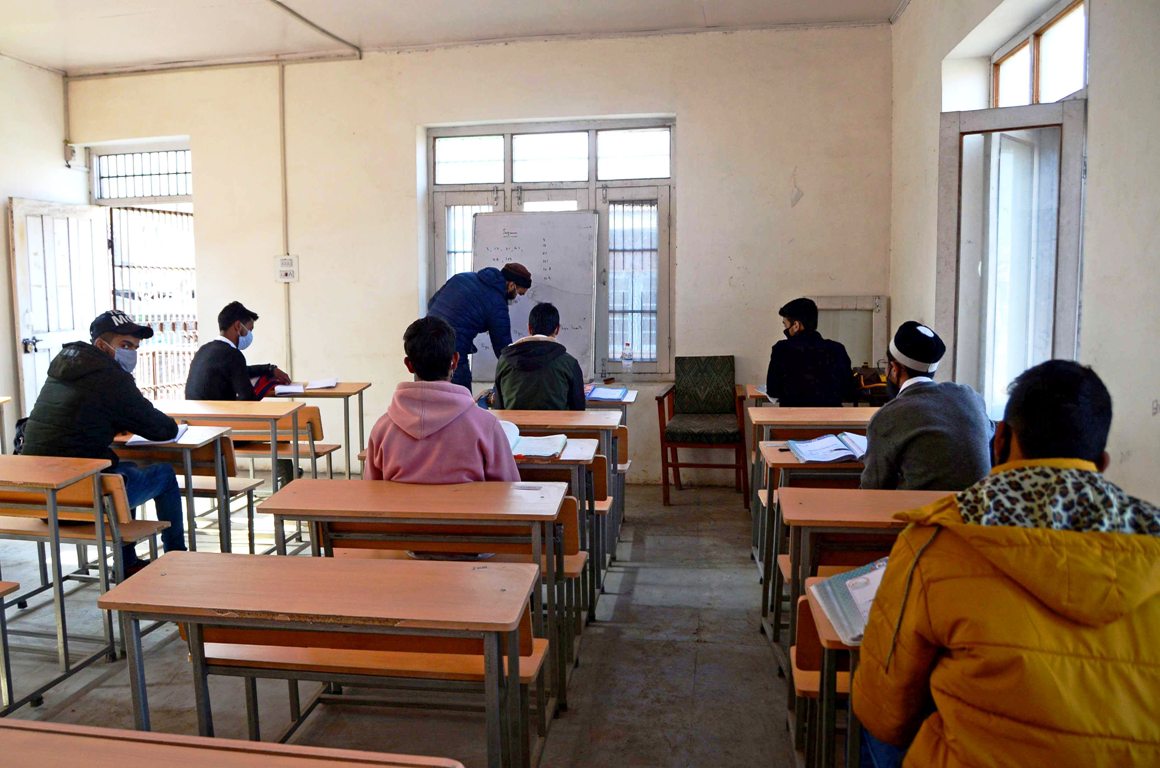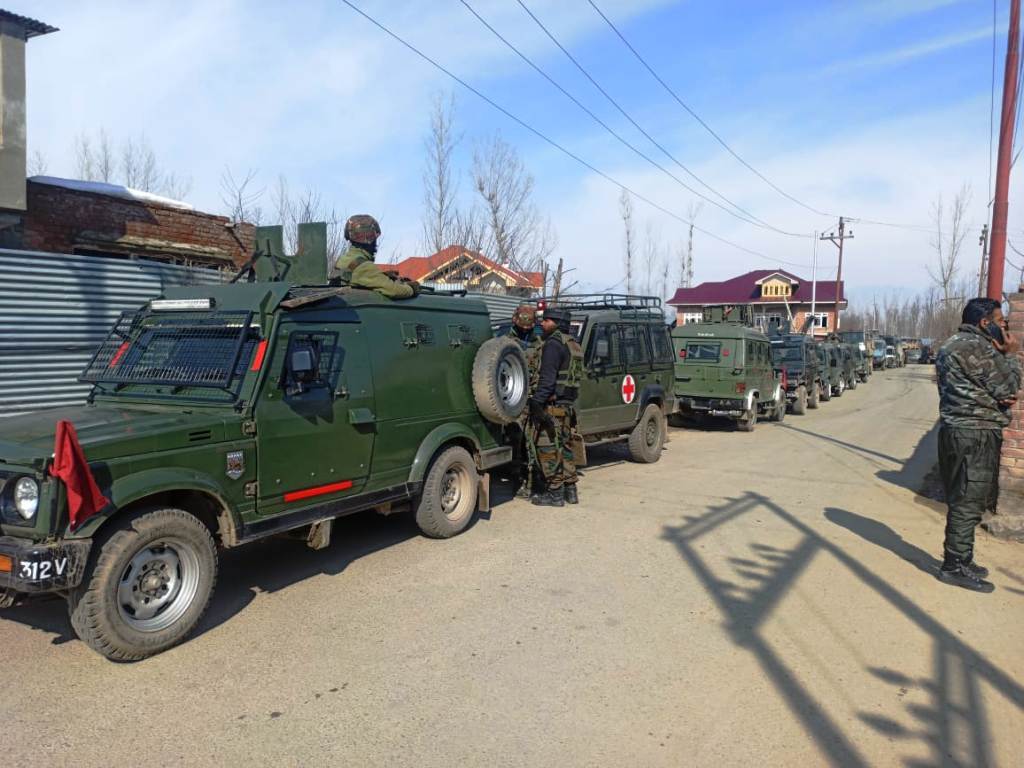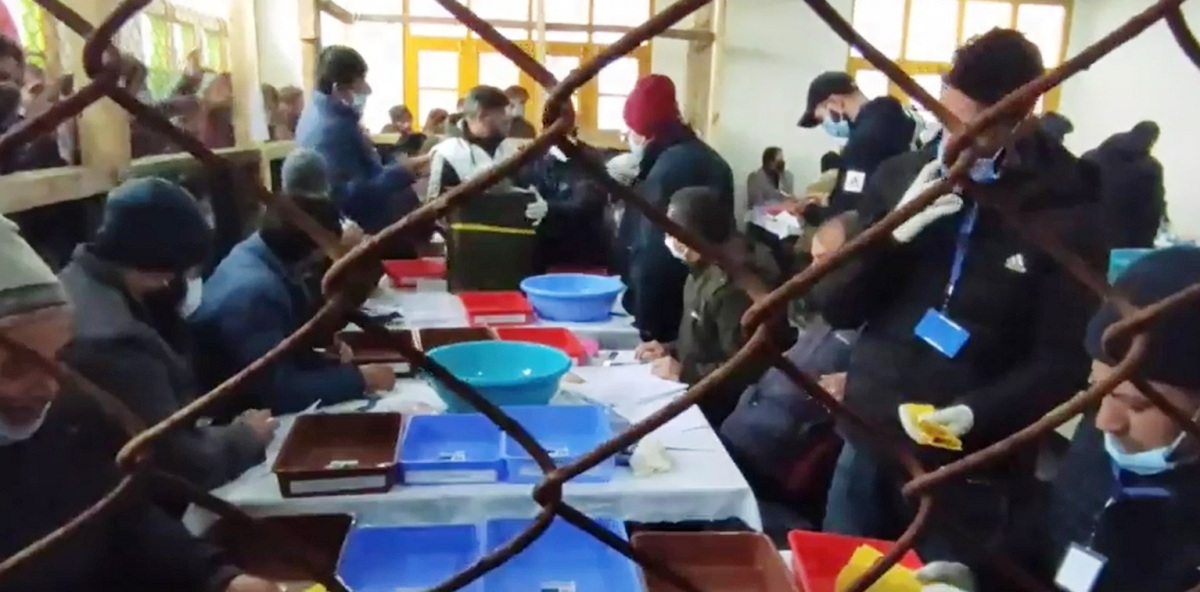KL NEWS NETWORK
SRINAGAR
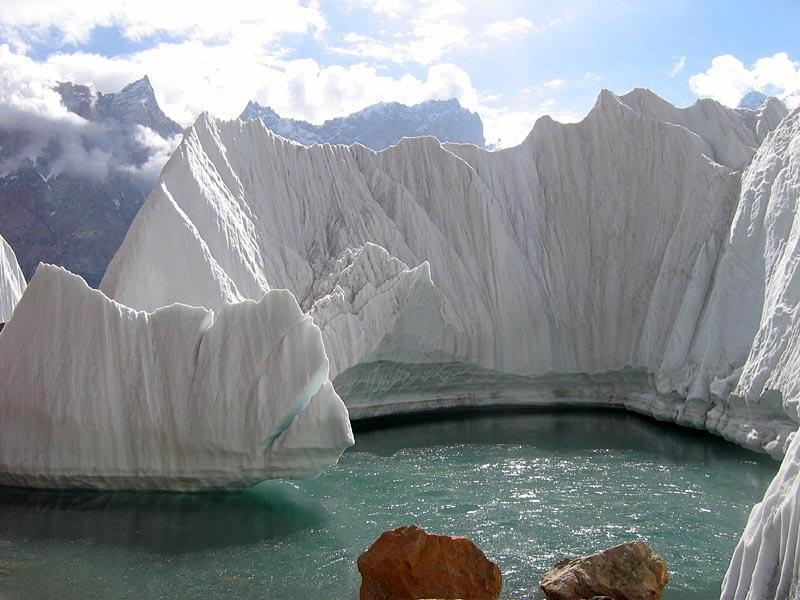
On the climatic change front, Ladakh is not alone. Its counterpart desert on the other side of the LoC is also facing serious crisis. Latest is that Pakistan Meteorological Department (PMD) has declared thirty-six glacial lakes in Gilgit-Baltistan as “dangerous”. Infact, seven of these valley lakes are considered to be posing serious threat to the people.
After a series of flash floods triggered by monsoon rains and melting glaciers wreaked havoc on the infrastructure in the remote region, PMD has started sending missions and studying the situation.
“These lakes carry the risk of outburst,” PMD Director General Dr Ghulam Rasul was quoted saying in a seminar ‘Disaster awareness and the role of the media’. “If that happens, it could cause severe damage to lives and properties.”
Valleys of Gilgit-Baltistan and Chitral, part of the erstwhile J&K, are fascinating deserts with a different agro-climate which is more closer to Ladakh. These regions have nearly 7000 glaciers and 3044 glacial lakes located within Karakoram, Himalayan and Hindukush ranges.
PMD has already set up an early warning system for glacial outburst in Bagrote valley of Gilgit-Baltistan. Earlier, a similar system was installed in Chitral. It is also planning setting up a PMD sub-office in the region.
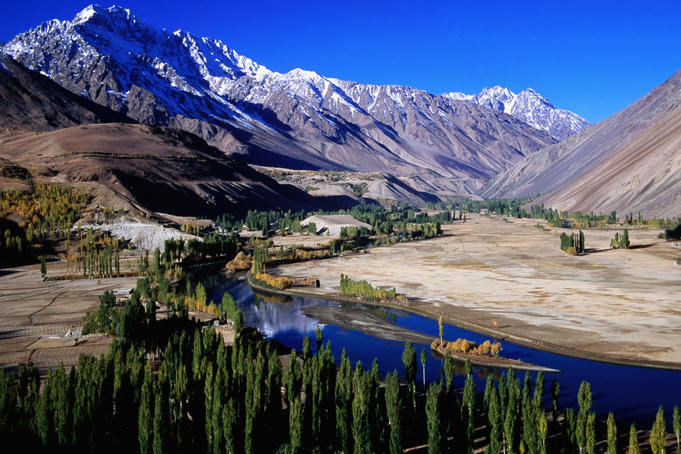
The region has been witnessing frequent flash-floods. The last serious crisis was in early May 2014 when two glacial lakes burst out causing flash floods and disrupting traffic on Karakoram Highway (KKH). It was Hussaini glacier in Gojal Valley that runs for nearly 20 Kms atop for almost 20 kilometer along the highway and it burst at four places. This burst forced suspension on traffic at KKH between Gulmit and Passu for several hours.
As the repairs started, another glacial lake burst its banks in Bargot Valley the next week. This discharge impacted six villages down below.
It was in the immediate follow up of these two breaches that PMD send its experts to study the situation. They found that the region has witnessed a rise in temperature by 1.5 degree centigrade between 1990 and 2010. This temperature is adding to the pressures of fragile ecology of the place.
The peculiar problem these belts are facing is that most of the glaciers are located in lower valleys which are located barely a kilometer away from the human settlements. Unlike Nepal where glaciers are located over 4500 meters above the sea level, in Gilgit-Baltistan it is barely 2300 meters.
The two most precariously lakes changing fast because of climatic change include the Gharko Lake which has a size of 100 x 77 meters with a depth of nearly 27 meters. Another is Hinarchi Lake.

“Two years ago, the Buni glacier outburst caused extensive damage to houses in its path. Gulkin glacier, close to the Karakoram Highway, bursts out frequently and now regularly feeds the Attabad Lake in Hunza,” said Rasul was quoted saying, asserting that the lake was formed in 2008.
In 2001, there were 52 such lakes which were cause of concern and now the numbers have gone down to 36. PMD says some of these lake formed by the glacial melt have actually disappeared. While lake disappearing process continues, in Chitral and Hunza area, four new lakes were formed. These phenomenon’s are being studied under United Nations Development Programme (UNDP) $4.1 million project that was initiated in 2011.
Pakistan’s Northern Areas are following a situation that exists in Ladakh. For the last few years, Ladakh is reporting frequent flash floods in Leh as well as in Kargil. In fact in 2010 autumn, Leh suffered extensive human losses in a cloud burst.






